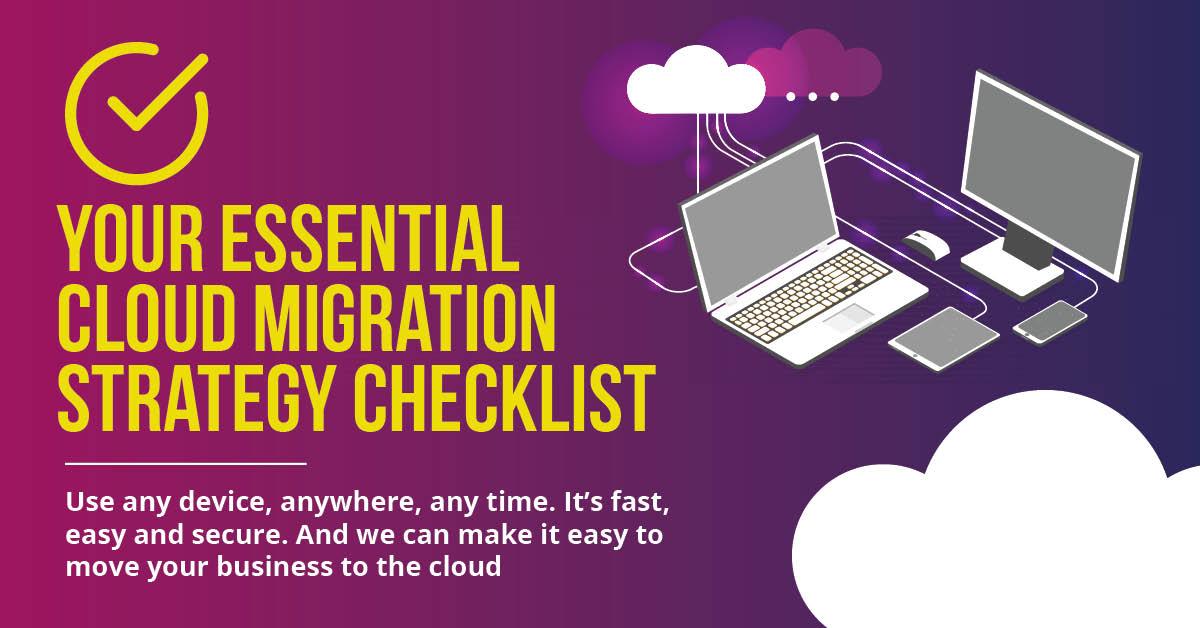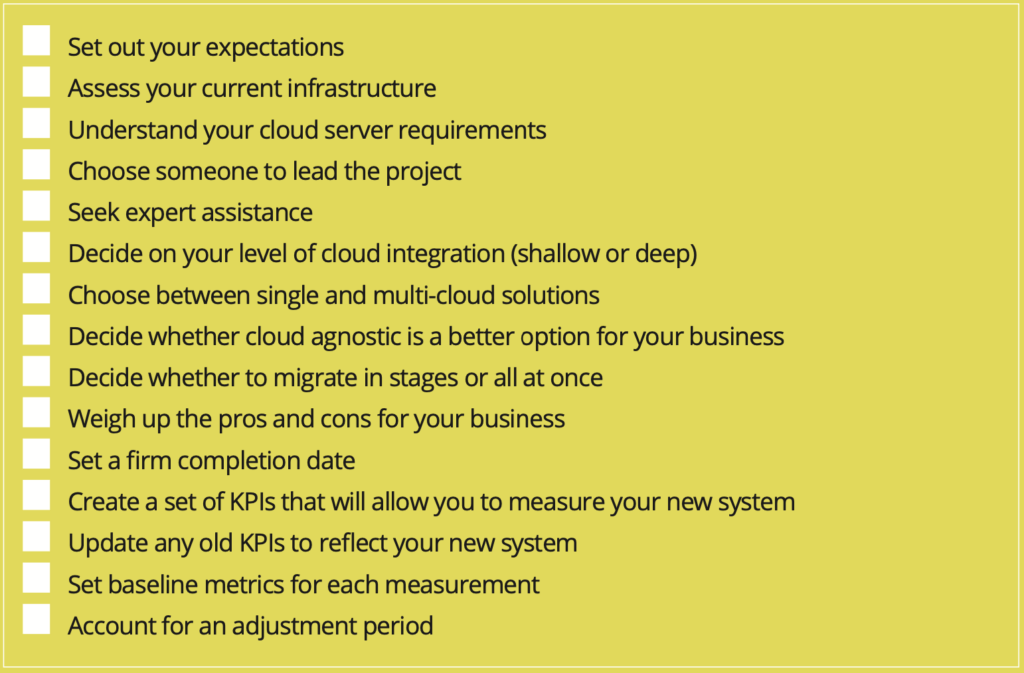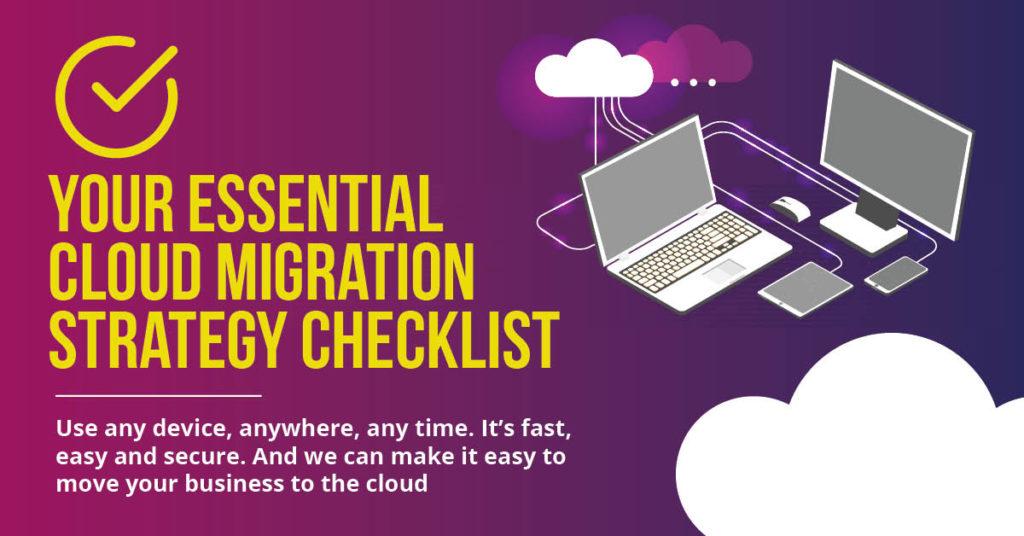
Your Essential Cloud Migration Strategy Guide
You probably use the cloud to store photos or use it to back up documents on your phone, but do you truly know what the cloud is or why your business should migrate to the cloud? This blog will pose as your beginner guide to understanding cloud migration and cover everything you need to know from the basics to strategies. Let’s get started.
What is Cloud Migration?
For your business to migrate to the cloud, the company will have to move its data centre to the cloud, allowing for easy accessibility to the data for everyone, and Network cabling Toronto can help.. Companies have increasingly chosen to transition to the cloud because it proves safe and secure. However, there are a few critical considerations for those making an initial foray into the cloud. Moving to the cloud should be a calculated move for your business and one taken with expert help.
Moving Your Business to the Cloud – Benefits & Challenges
At a basic level, the benefits of moving your business to the cloud are more to do with efficiency and expense. But that is not all. Moving to the cloud offers your business opportunities to grow at scale and positively contribute to the planet’s health.
Here are five reasons to migrate to the cloud
Cost-effective
You will only have to pay for the resources you use. Usually, cloud services do not include hardware costs and no capital expenditure either. This means you can devote more resources to innovation – developing new products or improving existing products.
Offers elasticity & scalability
Cloud allows for improved scalability, giving businesses the ability to add or take away resources almost instantaneously. This means that your business can grow at scale, and you will not have to update the physical infrastructure to meet your growing business needs.
Improved security
Most cloud providers are reputed companies, with other big businesses relying on them. Via their in-house servers and other tools, they assure businesses maximum security. You can rest assured that keeping your data safe is as important to them as you.
Better for the environment
Moving to the cloud will significantly reduce your carbon footprint since you will not have to run your servers and will only consume the energy you need.
Unparalleled disaster recovery
When you migrate to the cloud, the backup and recovery solutions are cost-effective and less time-consuming.
Anticipating specific challenges when migrating to the cloud is key to strategy.
Here are three challenges to look out for to ensure you promptly tackle them.
Downtime
Getting massive amounts of data to the cloud will take time. The apparent implications mean that it could affect your application’s performance if the data is not backed up properly.
Data loss
You’re moving vast amounts of data. It only makes sense to pre-empt that you could lose some data, primarily if extreme care and adequate measures are not undertaken. It is important to remember that your data is most vulnerable during migration.
Communication
Your existing applications might struggle to keep up with the cloud. This means you might have to change some of your ways to fit in with your new cloud provider.
The Two Kinds of Cloud Migration Strategies
Now that you have decided that cloud migration is for you and your business, there are two strategies to consider based on your cloud server requirements.
Shallow integration: This kind of integration is also known as ‘lift & shift.’ It entails migrating the on-premise application to the cloud and making changes to the servers only where needed.
Deep integration: This entails modifying the application during the process to leverage specific cloud capabilities.
Would you like to consider migrating to the cloud for your business? Talk to our experts!
Here’s a helpful checklist to help you stay on track through the cloud migration process.

Recent Posts


